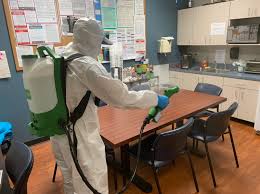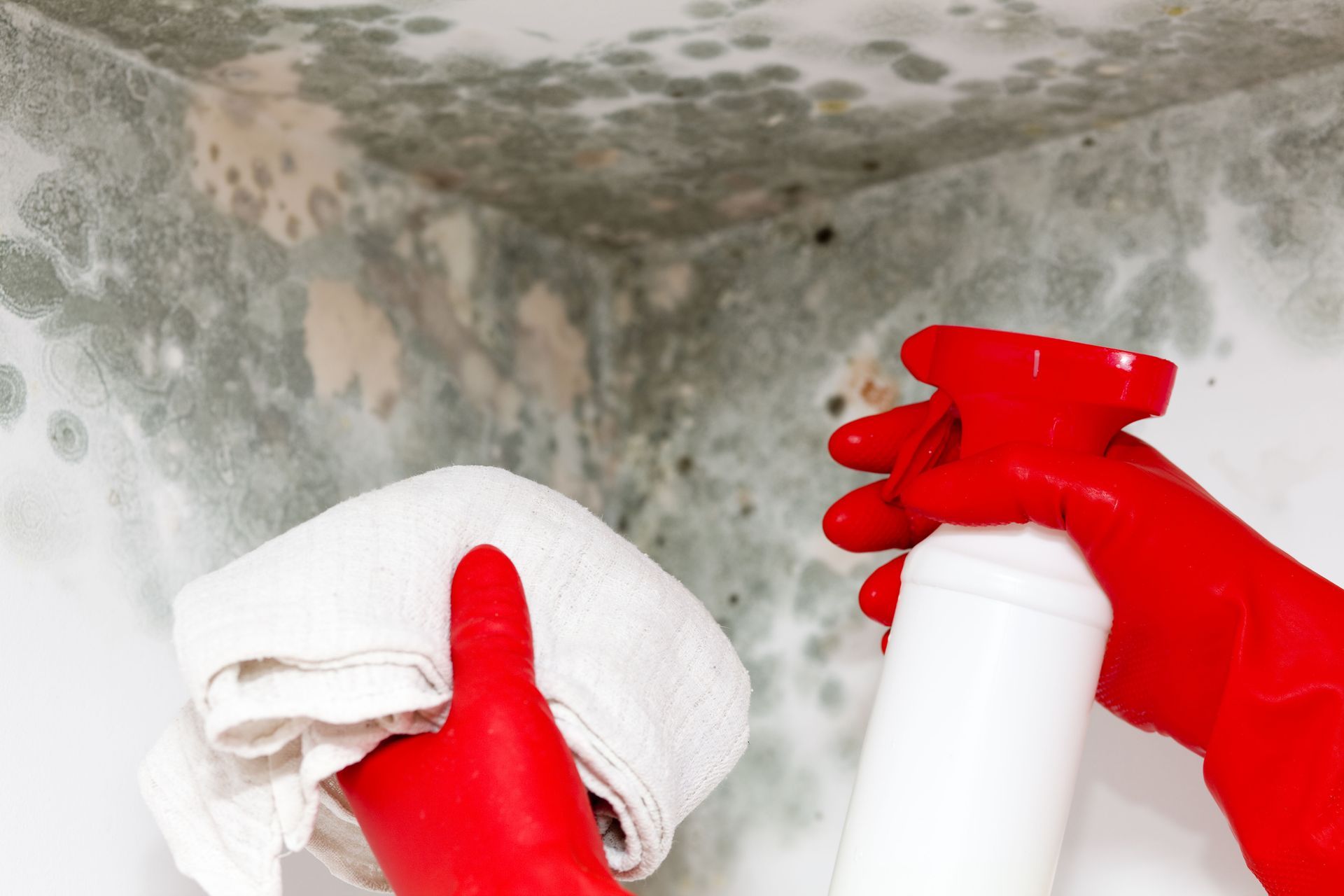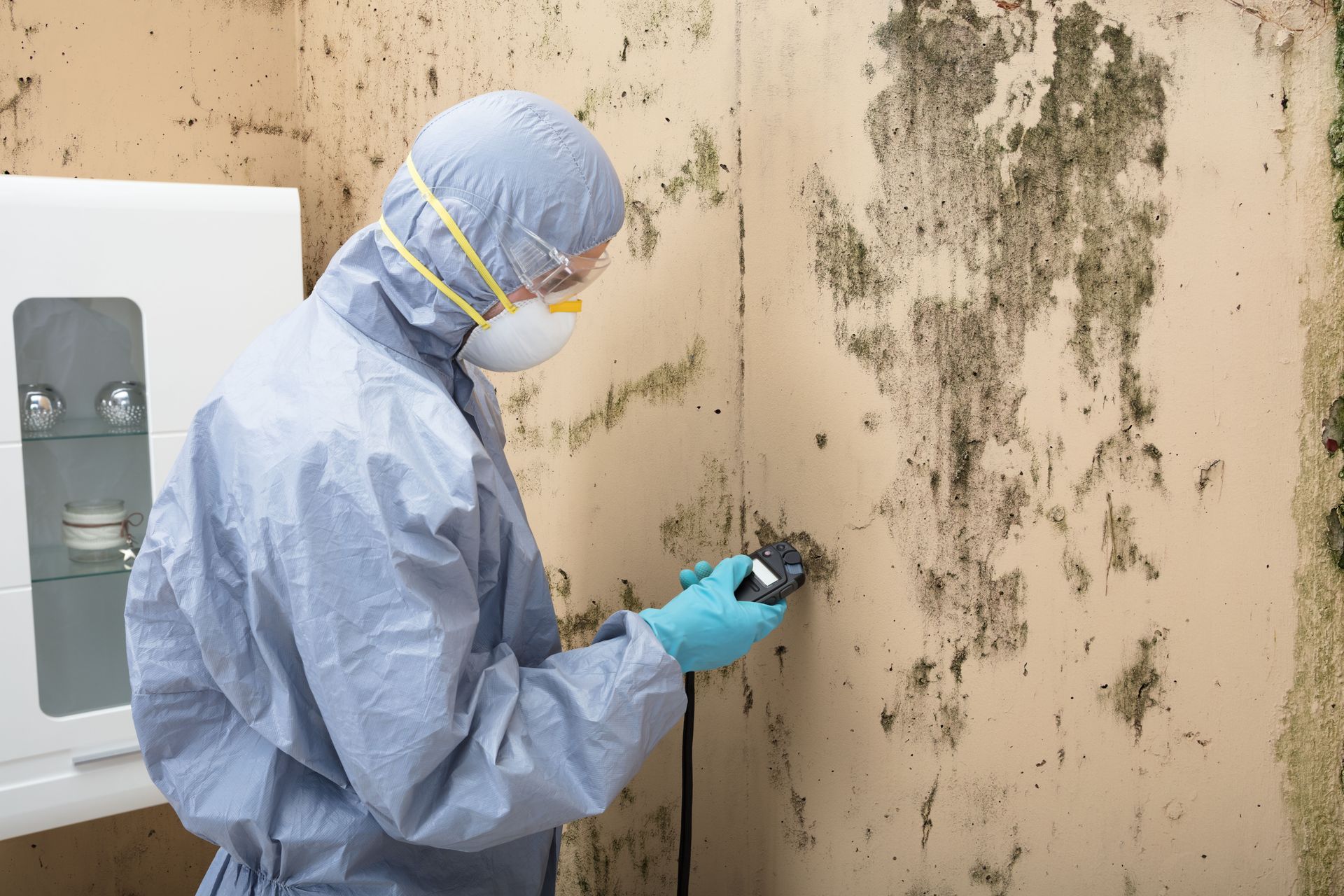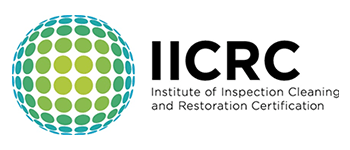By Matt Lupotsky
•
July 11, 2022
Don't forget to disinfect: why continuing to clean after the COVID-19 pandemic is important As the COVID-19 pandemic continues, it is more important than ever to keep your home clean and disinfected. However, once the pandemic is over, it is still important to continue these cleaning habits. There are many reasons why continuing to clean and disinfect your home is important, even after the pandemic ends. The difference between cleaning, sanitizing and disinfecting One of the most important things to understand when it comes to cleaning is the difference between cleaning, sanitizing and disinfecting. Cleaning simply means removing dirt and grime from surfaces. Sanitizing reduces the number of germs on surfaces, while disinfecting kills germs. Disinfecting is the most effective way to remove germs and keep surfaces clean. Why choose electrostatic spraying for disinfecting? Electrostatic spraying is one of the most effective ways to disinfect surfaces. This type of spraying uses an electrically charged solution that clings to surfaces and evenly coats them. This ensures that all areas are properly covered and can achieve products desired dwell time to properly disinfect the surface. Large areas can also be covered fairly quickly. Why continuing to clean and disinfect your home is important, even after the COVID-19 pandemic ends Cleaning and disinfecting your home is important for many reasons, even after the COVID-19 pandemic ends. Some of these reasons include: 1. preventing the spread of illness, 2. protecting yourself and your family from harmful germs, 3. maintaining a clean and healthy home environment, and 4. extending the life of your belongings. Cleaning and disinfecting on a regular basis can help to prevent the spread of illness, protect you and your family from harmful germs, and maintain a clean and healthy home environment. In addition, it can also help to extend the life of your belongings. By continuing to clean and disinfect your home after the COVID-19 pandemic ends, you can help to keep yourself, your family, and your home healthy and safe. The importance of deep cleaning Deep cleaning is important for many reasons. Some of these reasons include: 1. removing dirt, dust, and other allergens from your home, 2. improving the air quality in your home, 3. extending the life of your belongings, 4. preventing the spread of illness, and 5. protecting your family from harmful germs. Deep cleaning on a regular basis can help to remove dirt, dust, and other allergens from your home, improve the air quality in your home, extend the life of your belongings, prevent the spread of illness, and protect your family from harmful germs. By deep cleaning your home on a regular basis, you can help to keep yourself, your family, and your home healthy and safe. Tips for properly cleaning and disinfecting your home There are a few things you can do to ensure that you are properly cleaning and disinfecting your home. Some tips include: 1. using the right products, 2. following the manufacturer's instructions, 3. paying attention to detail, and 4. taking your time. Using the right products is important for effective cleaning and disinfecting. Make sure to use products that are designed for the specific surface you are cleaning. For example, there are different products for cleaning carpets than there are for hardwood floors. Following the manufacturer's instructions is also important. This will help to ensure that you are using the product correctly and achieving the best results possible. Paying attention to detail is another key element of proper cleaning and disinfecting. This means taking the time to clean all surfaces, including those that are often overlooked, such as door knobs, light switches, and remote controls. Finally, taking your time is also important. rushed job is not likely to be as effective as a job that is done slowly and carefully. Paying attention to products' kill time is important for proper disinfection. Kill time is the amount of time a product needs to stay on a surface in order to effectively kill germs. Different products have different kill times, so it is important to read the label and follow the manufacturer's instructions. By paying attention to products' kill time, you can ensure that you are using the product correctly and achieving the best results possible. A very often overlooked fact when paying attention to product labels is the need for disinfecting wipes to remain visibly wet for 10 minutes. Most people just take a wipe and simply clean as much as possible with the wipe. However, the label clearly states that the surface must stay wet for 10 minutes. So when you think about it, one wipe may effectively disinfect a few light switches rather than an entire kitchen countertop.That's why it is extremely important to clean first using a general purpose cleaner, before applying the disinfectant in any manner. By following these tips, you can ensure that you are properly cleaning and disinfecting your home, even after the COVID-19 pandemic ends. Conclusion It's important to keep up with deep cleaning and disinfecting even when we're not in the midst of a pandemic. Deep cleaning can remove dirt, dust, and other allergens from our homes, improve air quality, prevent the spread of illness, and protect our families from harmful germs. By taking the time to properly clean and disinfect our homes and workplaces on a regular basis, we can help to keep ourselves, our families, and our employees healthy and safe. A clean work and home environment also helps to create a more productive and positive space. People have a limited staff and time in a day to maintain the level of clean necessary, so here are a few things you should keep in mind when choosing a professional company for your cleaning and disinfecting needs. Some of these things include: 1. the company's reputation, 2. the company's experience, 3. the products and procedures used, 4. the company's rates.









Share On: